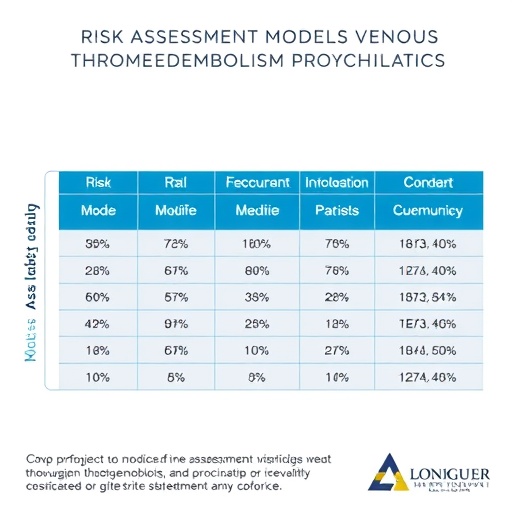Washington, DC – January 10, 2017 – A new study from the Scripps Institute of Oceanography in La Jolla, California, shows the molecular machinery that helps move iron through the marine environment. The researchers report this week in mSystems, an open access journal from the American Society for Microbiology, on how Roseobacter bacteria claim heme, an iron-containing molecule that's widespread in the ocean, directly from algal cells that have died and disintegrated.
Bacteria in the ocean consume material from phytoplankton — like algae — and recycle nutrients like carbon, nitrogen, and iron back into the food web. Previous studies have analyzed the microbes and molecules that help move carbon and nitrogen through the marine environment, but the microbial processes responsible for cycling trace metals like iron are largely unknown, says study leader and microbiologist Shane Hogle.
That's an important omission because iron plays a critical role in the food web of the ocean. Studies estimate that nearly a quarter of the iron in some parts of the ocean surface pass through bacteria. Iron can boost or limit the growth of plankton, and large swaths of the ocean are fueled by iron that's been recycled by microbes, says Hogle, now a postdoctoral researcher at the Massachusetts Institute of Technology, in Cambridge. He says a better understanding of the iron cycle will improve scientists' ability to predict chemical changes in the marine environment.
"If we want to model how the iron cycle might change under future climate change, we need a mechanistic-level understanding of what's going on right now," he says.
The scientists analyzed 153 genomes from Roseobacter bacteria, a group of microorganisms that often co-occur with algal blooms and are known to be important players in the marine carbon and sulfur cycles. In 69 genomes, or about 45 percent, the scientists identified a full set of genes believed to be involved in the uptake of heme, an iron-containing enzyme cofactor prevalent in marine phytoplankton, like algae. Many Roseobacter strains grow in close association with algal cells, and previous studies have suggested that heme might be an important source of iron for bacteria that live close to phytoplankton.
Subsequent experiments conducted by the researchers verified the genes' role in acquiring heme, and further analyses of Roseobacter strains suggests that the bacteria take the heme directly from lysed cells, rather than as a result of a multistep process. This bacterial process keeps the iron from dead phytoplankton within the microbial food web near the ocean's surface.
"They inject it back into the microbial food web, instead of letting it fall out and settle at the bottom of the ocean," says Hogle.
He and his collaborators — microbiologist Bianca Brahamsha and biogeochemist Katherine A. Barbeau, both from Scripps — also wanted to know if heme transporters were common in marine communities. That didn't seem to be the case: The researchers found little evidence for heme uptake mechanisms after searching public databases of metatranscriptomes and metagenomes.
However, bacteria that can use heme may be slight but mighty, says Hogle. Recent studies on the carbon cycle have found that some marine bacteria that aren't abundant in metagenomic databases become highly abundant under special conditions – and can recycle significantly more carbon than other, more prevalent clades.
Hogle suggests that may also be the case with iron. "Clades that are on average not highly abundant but more dynamic than others can have just as important a contribution to biogeochemical cycling in the ocean," he says.
###
The American Society for Microbiology is the largest single life science society, composed of over 48,000 scientists and health professionals. ASM's mission is to promote and advance the microbial sciences.
ASM advances the microbial sciences through conferences, publications, certifications and educational opportunities. It enhances laboratory capacity around the globe through training and resources. It provides a network for scientists in academia, industry and clinical settings. Additionally, ASM promotes a deeper understanding of the microbial sciences to diverse audiences.
Media Contact
Aleea Khan
[email protected]
202-942-9365
@ASMnewsroom
http://www.asm.org
############
Story Source: Materials provided by Scienmag




